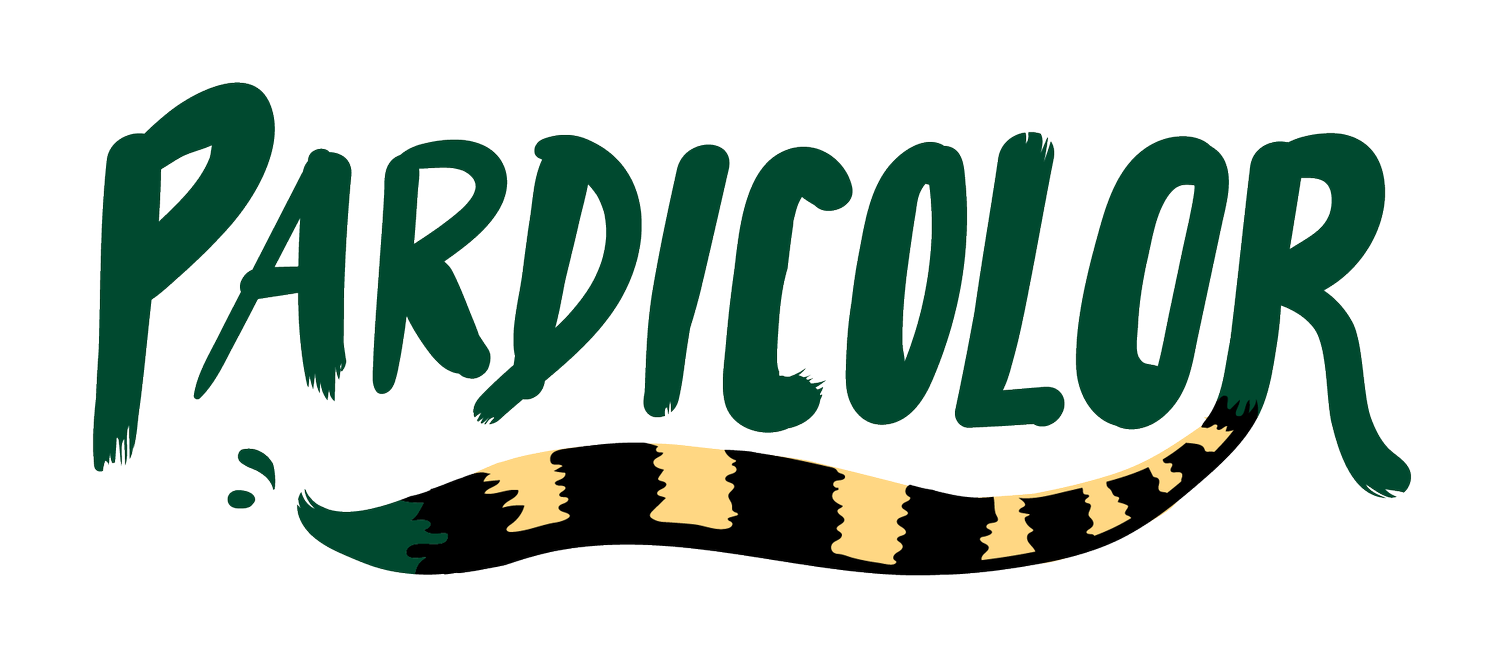
MY HOME IS YOUR HOME
Joséphine Billeter
LAOS
In 2022 the PARDICOLOR Creative Arts Fund provided Laos-based graphic designer and illustrator Joséphine Billeter with a small grant to complete her project ‘My Home is Your Home’, a wordless picture book about sustainability, biodiversity and conservation.
“The book explores the sharing of space and habitat (=home) between human and non-human beings. A fictional picture story takes the readers into a place of coexisting, a meeting space in between wild and domesticated areas. It’s a journey that aims to inspire children to think about questions like: How do we want to live? What are wild spaces? How can we share our space with the natural world? How can humans live alongside flora and fauna in an equilibrium? And finally: how can we create a home/save the home that is both beneficial to humans and animals?” - Joséphine.
Take a glimpse into Joséphine’s sketchbook and process
See more extracts from My Home is Your Home accompanied by words from Joséphine which explain the inspiration behind this beautiful project.
All writings by Joséphine.
A fictional picture story takes the readers into a place where coexisting works as a mutual benefit for all creatures, as a meeting space in between wild and domesticated areas.
My inspiration for this book was born when my husband and I decided to build a natural earthen house in 2022. The process of arriving at this decision was filled with thoughts about space, sustainability, how we would want our "habitat" to look like and what impact our space should have on the environment.
The idea of a house as our home and the image of earth as a house intrigued me. It made me think about wild spaces in general and how we as human beings can protect them. It occurred to me that there is a strange dychotomy when it comes to conservation: for people to feel connected to animals they are drawn to them, they want to create some sort of closeness, and oftentimes this means a physical closeness: people have pets, people go to the zoo, people go on safari.
One of the challenges of conservation work is that what many of these animals actually need are more wild spaces, more spaces to be on their own. It is difficult to navigate this balance - creating a kinship, while keeping these spaces open for all beings to thrive. Hence the idea of the divided rooms in the book: they depict the closeness as well as some kind of separated, parallel world.
I want to inspire young (and old!) readers to aim for a kind of relationship with nature that is characterised by a closeness powered by knowledge and awareness, not just about the animals but about our environment and sustainability in general.
I was immensely inspired by "Braiding Sweetgrass", a wonderful book by Robin Wall Kimmerer, who uses such a tender voice and language to describe exactly the kinship that I find most important in conservation work and ecological activism. Her fantastic way of expressing the reciprocal relationship between all beings helped me create these images in my head that finally found their way to the paper (or well - to the computer screen).
At the end of the book, readers are invited to go back and find 40 depicted endangered animals in their habitats – a chance to look closer, discover new details and learn more about the most threatened of our neighbors.










